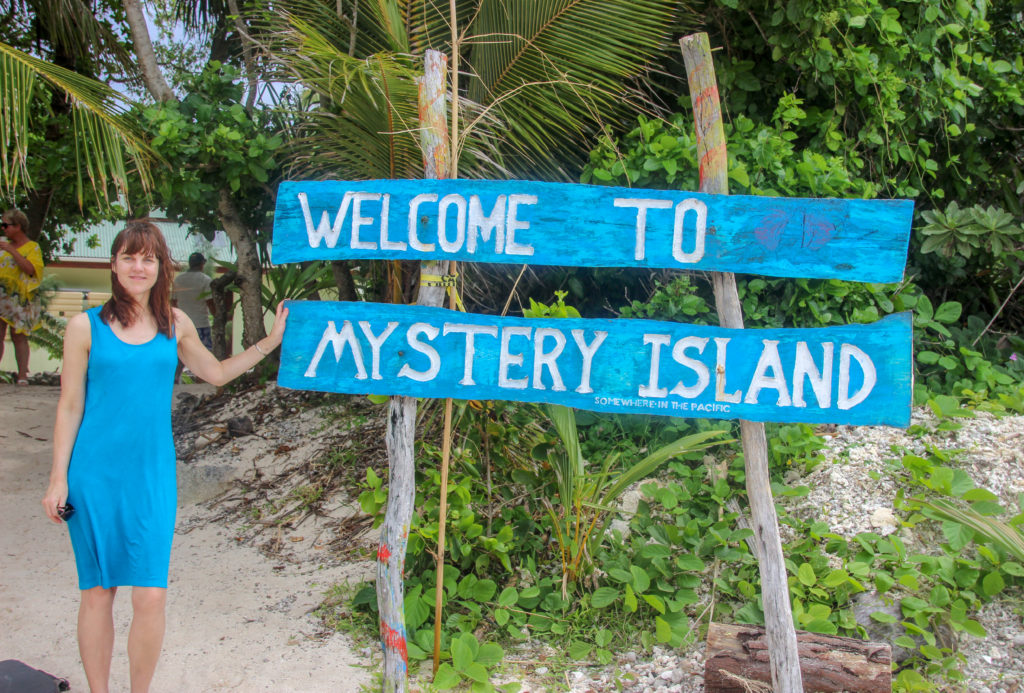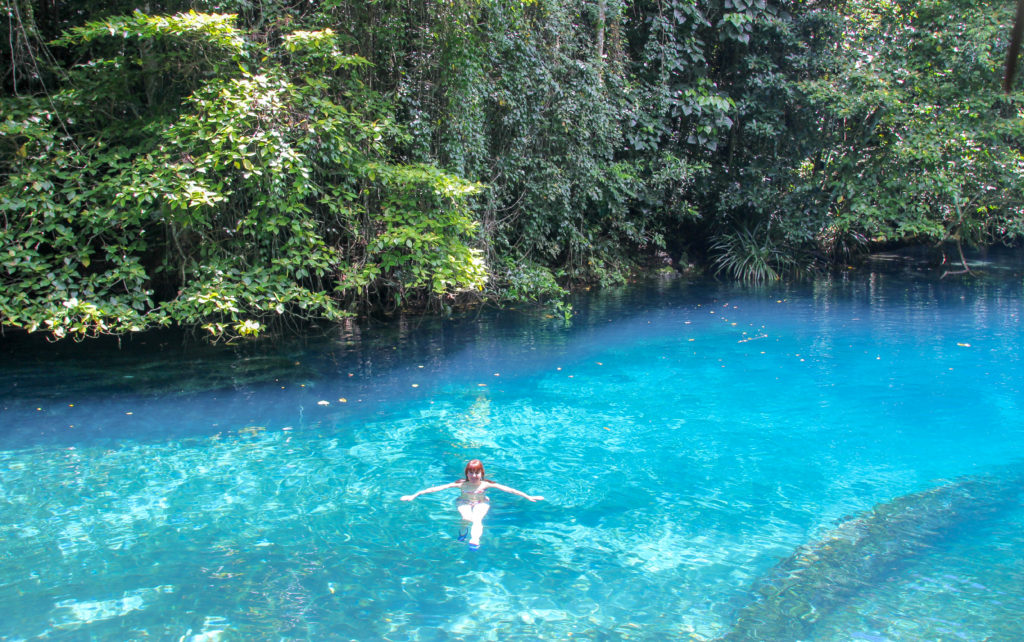About Republic of Vanuatu
Located in the South Pacific, the Republic of Vanuatu is an island nation in Melanesia and part of the Oceania continent. Vanuatu is a Y-shaped archipelago with about 83 small islands (65 inhabited) of volcanic origin. Espiritu Santo is the largest island of Vanuatu with many of the famous blue lagoons. “Vanuatu” means “Our Land Forever.” Furthermore, all land in Vanuatu is owned by the natives and not permitted to be sold to foreigners. After being claimed by both France and United Kingdom since the 1880’s, Vanuatu gained independence in 1980. Port Vila is the capital city with the highest population in the country. For more information on the Efate and Mystery Islands, check out my Vanuatu Travel Guides below.
It’s a wonderful destination for snorkeling and scuba diving among the stunning coral reefs. The shoreline is rocky with fringing reefs, dropping dramatically into ocean depths. Vanuatu has several active volcanoes (including underwater ones), such as, Lopevi and Mount Yasur. Overall, Vanuatu’s varied landscapes include mountains, active volcanoes, underwater volcanoes, waterfalls and lush rainforests.
The Vanuatu people are called ni-Vanuatu and are mostly from Melanesian descent. The national language is Bislama, a creole spoken in urban areas. The official languages include English, French and Bislama. Overall, its dense linguistics encompass 139 indigenous languages. Vanuatu consistently ranks high by the Happy Planet Index, being 4th in 2020. During WW II, Vanuatu was an important U.S. military base. So, there are iconic shipwreck dives, including the noteworthy SS President Coolidge.
Republic of Vanuatu Travel Guides
Vanuatu’s Enchanting Mystery Island Travel Tips
Do you ever wish to escape on a deserted island in the South Pacific? Well, Mystery Island travel is the closest I…
Magical Vanuatu’s Efate Island Travel – Blue Lagoons, Beaches & Waterfalls
Welcome to one of the happiest places on Earth. Efate Vanuatu travel sites reveal a pristine Pacific Island paradise. With beautiful blue…



